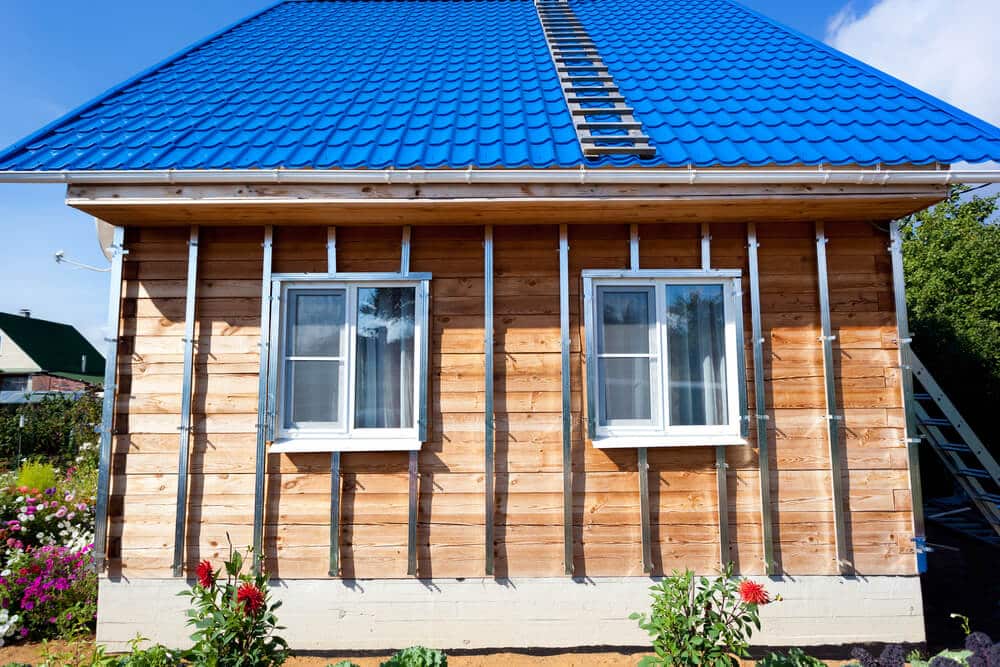Is insulated siding worth it? This question weighs heavily on many homeowners considering exterior renovations. The decision hinges on a careful evaluation of upfront costs versus long-term energy savings, durability, aesthetic appeal, and environmental impact. This comprehensive analysis explores each of these factors, empowering you to make an informed choice that best suits your needs and budget.
We’ll delve into the financial aspects, comparing the initial investment of insulated siding against traditional options, including a detailed look at potential cost savings over time. Furthermore, we’ll examine the energy efficiency benefits, environmental considerations, and the impact on your home’s overall value and curb appeal. By the end, you’ll have a clear understanding of whether insulated siding is the right investment for your home.
Cost Analysis of Insulated Siding
Choosing between insulated and traditional siding involves a careful consideration of upfront and long-term costs. While insulated siding commands a higher initial investment, its energy efficiency features can lead to substantial savings over the lifespan of your home. This analysis will break down the costs associated with each option to help you make an informed decision.
Upfront Costs Comparison
The initial cost of insulated siding is typically higher than traditional siding due to the added insulation layer and specialized installation process. The following table compares the estimated costs for a 1,500 square foot house, acknowledging that actual costs can vary significantly based on location, material choices, and labor rates. These figures are estimates and should be verified with local contractors for accurate pricing.
| Cost Category | Insulated Siding | Traditional Siding |
|---|---|---|
| Material Costs | $10,000 – $15,000 | $5,000 – $10,000 |
| Labor Costs | $7,000 – $12,000 | $4,000 – $8,000 |
| Permitting Fees | $500 – $1,000 | $300 – $600 |
Long-Term Cost Savings
Insulated siding’s primary advantage lies in its energy efficiency. The added insulation layer significantly reduces heat transfer, leading to lower heating and cooling bills. For example, a homeowner in a climate with significant temperature fluctuations might see a reduction in energy consumption of 15-25%. Assuming an average annual energy bill of $2,000 before insulation, this translates to savings of $300-$500 per year. Over a 10-year period, this translates to potential savings of $3,000-$5,000. These savings are, of course, dependent on factors like climate, energy prices, and home insulation levels. This calculation is a general example and should not be considered a definitive prediction.
Potential Hidden Costs
While the upfront and long-term cost savings are significant factors, it’s crucial to consider potential hidden costs. Insulated siding installation might reveal underlying wall issues requiring repairs before installation can proceed. This could include rotted wood, damaged sheathing, or pest infestations. Unexpected complications during installation, such as unforeseen structural problems or difficulties in fitting around complex architectural features, can also add to the overall cost. It is advisable to obtain multiple detailed quotes from reputable contractors to accurately assess potential risks and associated costs. A thorough home inspection before starting the project is strongly recommended.
Final Conclusion
Ultimately, the question of whether insulated siding is worth it depends on individual circumstances and priorities. While the initial investment may be higher than traditional siding, the long-term energy savings, increased durability, and potential aesthetic enhancements can significantly outweigh the upfront costs. By carefully considering the factors outlined in this analysis – including cost, energy efficiency, maintenance, and aesthetics – you can confidently determine if insulated siding is the right solution for your home improvement project. Weighing the pros and cons thoughtfully will lead to a decision that maximizes both your comfort and your investment.

